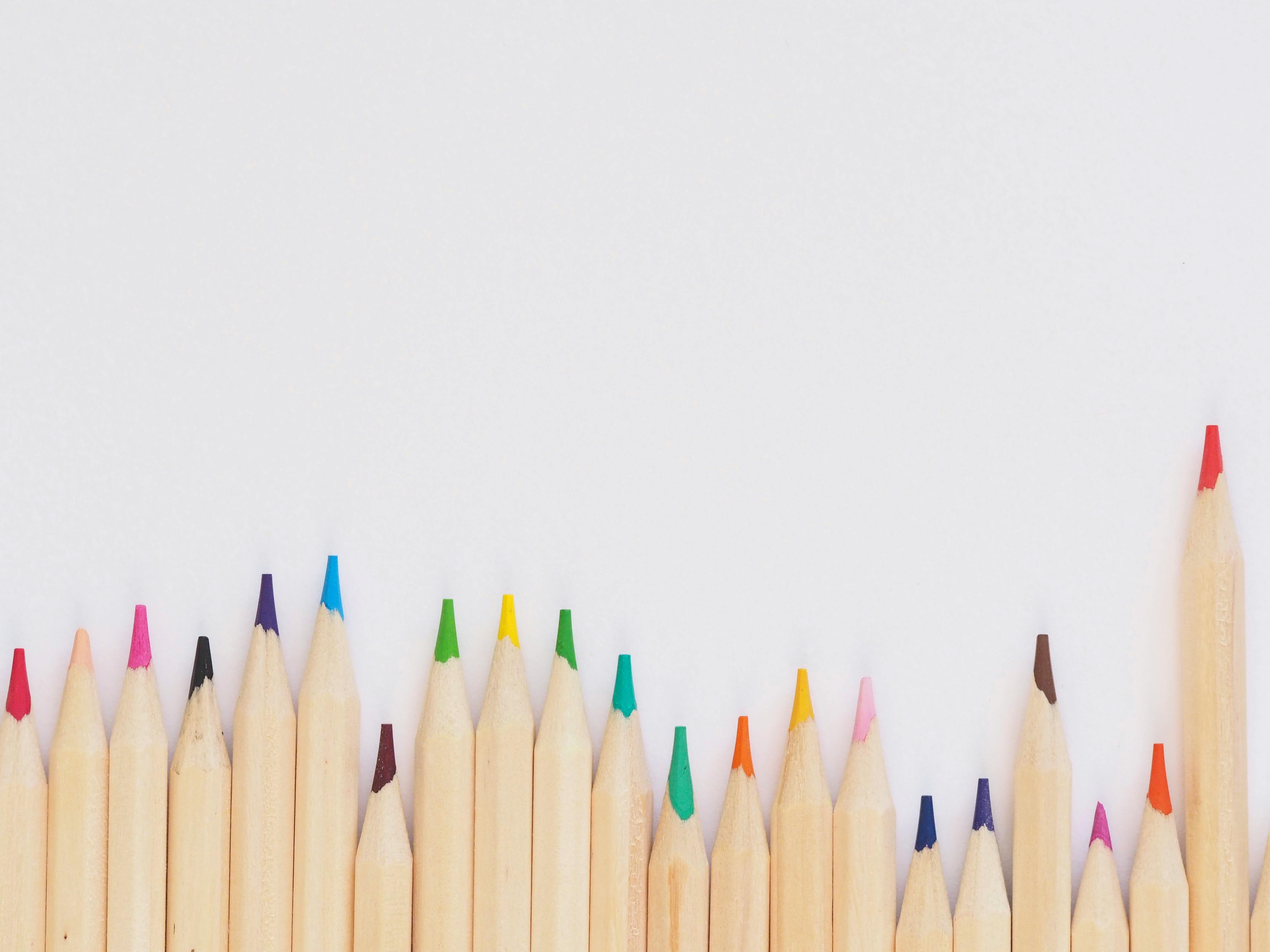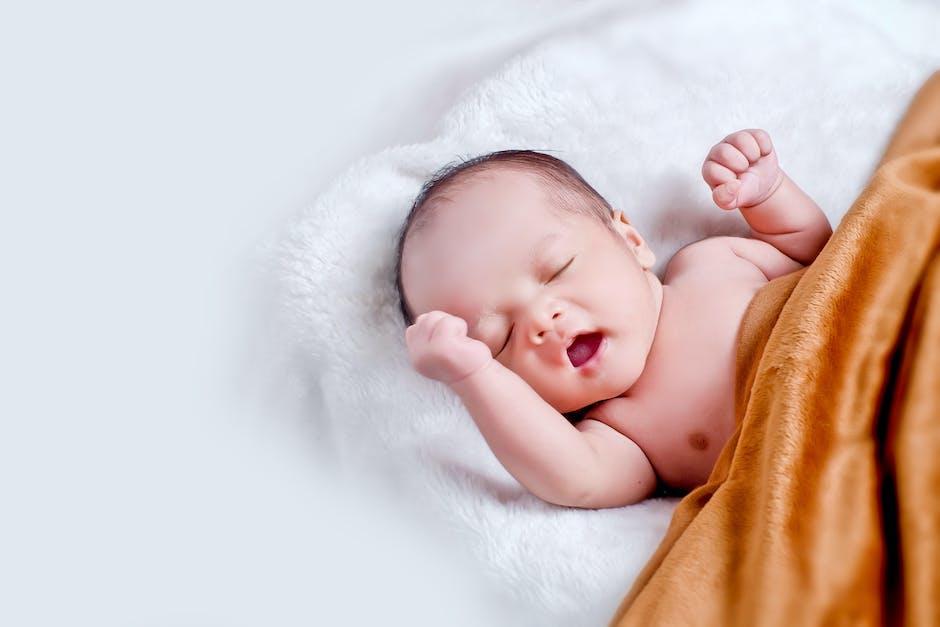Do Babies Need Bright Colors? This is a question many parents have when deciding how to decorate their little one’s nursery. It is widely believed that bright colors can be stimulating and beneficial to a baby’s development. This article will take a closer look at the science behind how color affects babies and discuss whether or not babies should be exposed to bright colors in their environment.Yes, babies need bright colors! Bright colors can help babies develop their color vision. They also help stimulate babies’ senses, which is important for their development. Bright colors also can keep babies engaged and entertained.
The Benefits of Bright Colors for Babies
Research has shown that babies respond more positively to bright colors than to muted hues. Bright colors can provide a stimulating environment for babies and can even help to promote early learning. From promoting imaginative play to boosting cognitive development, there are numerous benefits of introducing bright colors into your baby’s environment.
Introducing bright colors into a baby’s environment helps to stimulate their senses and encourages them to explore their surroundings. It also gives them the opportunity to explore the world around them in a safe way, as they become familiar with the different shades and hues. Furthermore, studies have found that babies respond more positively to primary colors such as red, yellow and blue than secondary colors like green and purple.
In addition to stimulating a baby’s senses, introducing bright colors into their environment can also help promote imaginative play. Babies can use different colored objects and toys to create stories or pretend scenarios in their minds, allowing them to explore their creativity at an early age. This type of play is important for a baby’s cognitive development as it helps them learn how to make connections between different objects and ideas.
Finally, introducing bright colors into a baby’s environment can also help with early learning. Studies have found that babies who are exposed to bright colors tend to recognize shapes, letters and numbers more quickly than those who are exposed to muted hues. This is because bright colors are easier on the eyes and help the brain process visual information more effectively.
Overall, there are numerous benefits of introducing bright colors into your baby’s environment. From stimulating their senses to promoting imaginative play and early learning, incorporating vibrant shades into your baby’s room or play area can be incredibly beneficial for their development.
How Color Affects a Baby’s Development
Color plays an important role in the development of a baby from birth. Research has shown that color affects the way babies interact with their environment and how they learn. Babies are drawn to bright colors, and studies have found that they respond best to high-contrast colors such as black and white. In addition, certain colors can also help stimulate a baby’s cognitive development by providing visual stimulation and helping them recognize shapes and objects.
For example, a baby may be more likely to recognize an object if it is presented in a bright color. As babies get older, they may be able to differentiate between different shades of the same color which can help them learn about different objects or identify people. Colors can also be used to create calming environments for babies which can aid in relaxation and promote healthy sleep patterns.
Colors can also have a psychological effect on babies, as certain colors are associated with specific emotions or feelings. For example, blue is often associated with calmness while red is associated with excitement or intensity. By exposing babies to different colors, parents can help their child develop an understanding of their emotions and how they should react to certain situations.
Overall, color plays an important role in the development of a baby from birth and can impact their physical, cognitive, and psychological development. By being aware of how color affects your baby, you can use it as a tool to help facilitate their learning process and create positive experiences for your child throughout their life.
The Role of Color in Early Learning
Colors play an important role in the early learning and development of children. Colors can help children learn to recognize different shapes, sizes, textures, and even the moods of people. Colors also can help to create a positive environment in which children feel secure and motivated to explore the world around them.
Color has a powerful effect on the way we think and feel. Bright colors often evoke feelings of happiness while darker colors may evoke feelings of sadness or fear. Colors can also be used to emphasize certain aspects of a lesson such as size or shape, or to draw attention to a particular element in the environment such as a toy or object.
Color can also be used to create visual cues for young children who are just beginning to learn about their world and how it works. For example, using primary colors for sorting activities helps children learn about patterns and categorization as well as basic concepts like “big” and “small”. Colored blocks are often used by early childhood educators during block play activities which helps children learn basic math concepts such as counting and addition.
In addition to being useful for educational purposes, color can also be used to stimulate creativity in young children. For example, painting with bright colors can encourage imaginative play and help them explore their creative side. It is important for teachers and parents alike to remember that color is an important part of learning, so make sure you provide plenty of opportunities for your child to explore color during their early learning years!
What Colors are Best for Babies?
When it comes to choosing colors for babies, there are a few things to consider. Bright, bold colors can be stimulating and energizing for little ones, while softer pastels can be calming and soothing. The best colors for babies will depend on the individual baby’s preferences and needs.
Babies are generally attracted to bright primary colors like red, blue, yellow, and green. These colors can help stimulate their senses as well as provide them with visual stimulation. Red is a great color for stimulating hunger and encouraging exploration in babies. Blue is a calming color that can help relax babies and soothe them if they become overstimulated. Yellow is another great color that helps babies recognize shapes and objects in their environment. Green is a soothing color that helps promote mental growth in infants.
Pastel shades of pink, purple, light blue, and peach can also be beneficial to babies. These softer shades create a calming atmosphere which can help reduce stress levels in babies and toddlers alike. These colors also help to stimulate creativity as they provide an inviting backdrop for imaginative playtime activities like painting or drawing.
No matter what colors you choose for your baby’s room or nursery, make sure they offer plenty of contrast to make it easier for your baby to see everything around them clearly. You should also avoid using any harsh fluorescent lighting which can cause discomfort or distraction in little ones. Ultimately, the best colors for babies will depend on their individual preferences and needs so take some time to experiment with different shades until you find the perfect combination!





